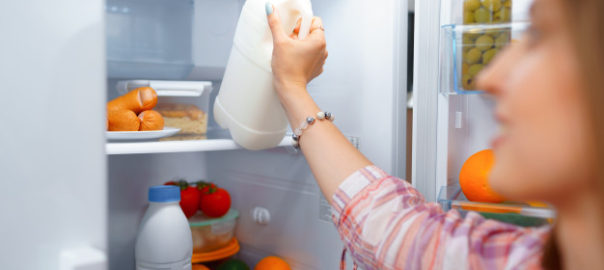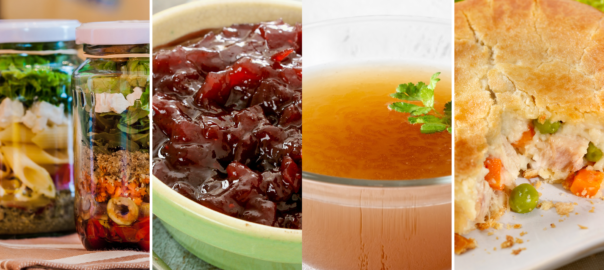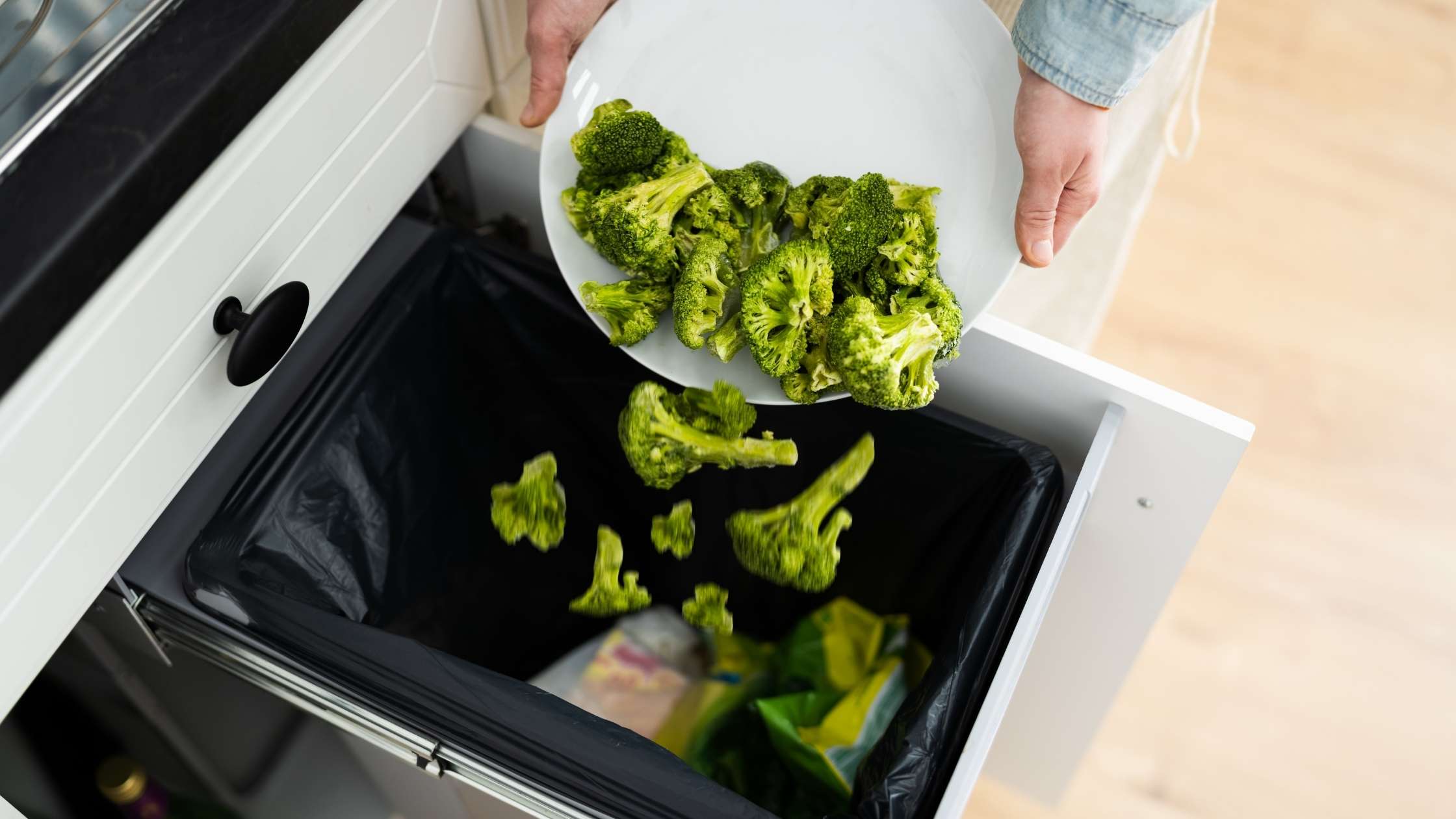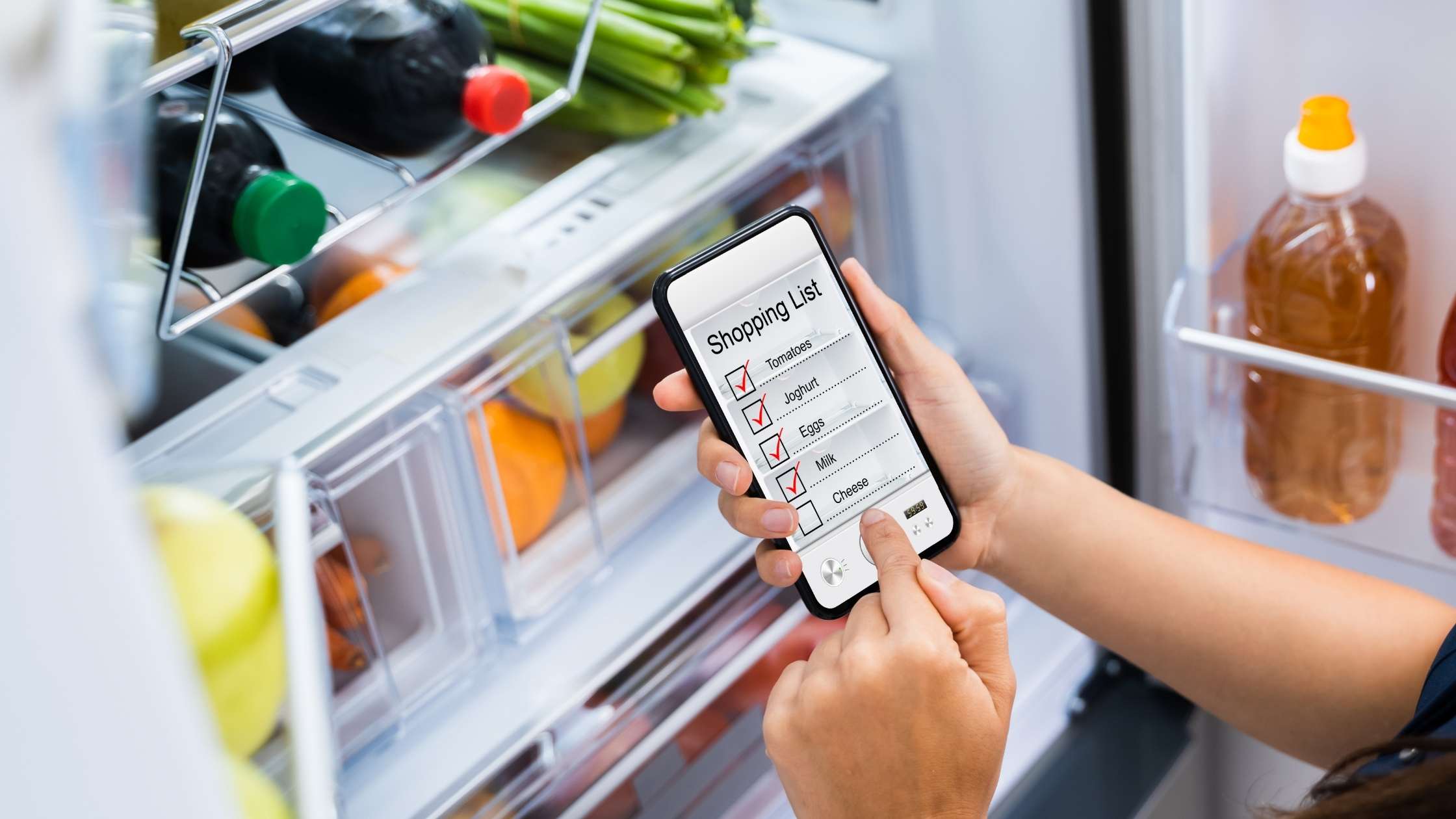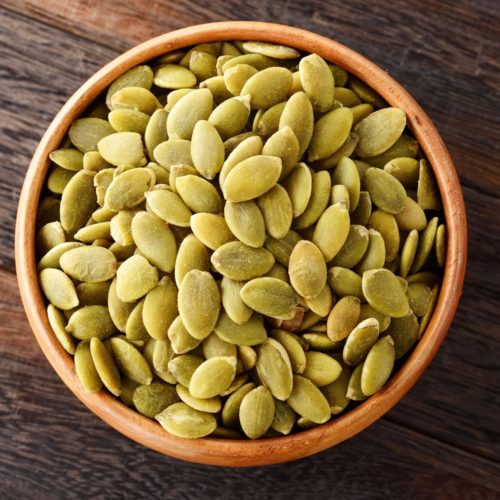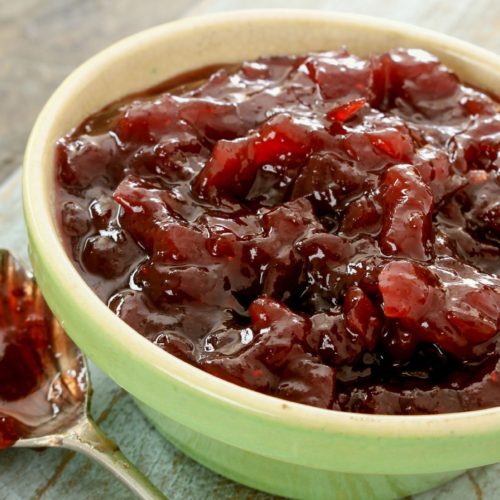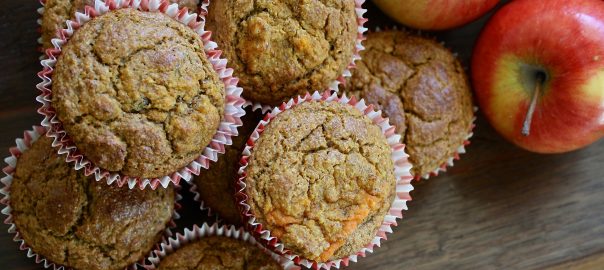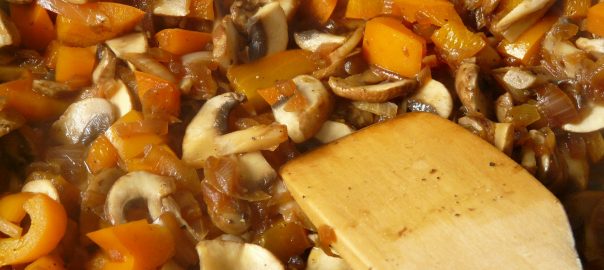Did you know that the United States is the global leader in food waste? In fact, nearly 40% of the US food supply is wasted each year. That’s approximately 133 billion pounds and $161 billion worth of food.
According to the US Department of Agriculture (USDA), food spoilage is one of the main reasons why Americans throw out food. So how do we tackle food waste? The USDA suggests improving labeling, food storage, cooking methods, among others.
To help with the movement against food waste, let’s talk about one of the greatest inventions that can help avoid spoilage– the freezer!
Here’s some food for thought: freezing is one of the oldest and safest methods to preserve food, with no chemical preservatives needed. However, many of us are not sure how to properly freeze food.
Which food is safe to freeze? How long can you freeze food? Is it okay to refreeze thawed meat?
Print and stick these guidelines on your fridge door for every family member’s reference:
Food you can freeze
Truthfully, You can freeze almost any food, except for canned food or eggs in shells . Canned foods may be frozen once the food is out of the can.
- Baked goods – Be sure to wrap it in parchment paper before you wrap it in plastic or foil. If possible, consider storing in glass containers.
- Cheese – If it is brick or shredded cheese, such as cheddar, Colby, Monterey Jack
- Dairy – Be aware that cottage cheese, cream cheese, sour cream, etc. can be a little more liquidy after thawing.
- Raw eggs – It is not safe to freeze raw eggs in the shell. Eggs can be frozen either just the yolks beaten together, just the whites beaten together, or yolks and whites beaten together and then put in the freezer. Frozen whites will not loft after thawing. Be sure to label your package with the number of eggs. These are best for omelets, quiche, or baking.
- Guacamole – Be prepared to eat it all when you thaw it because it turns brown pretty quickly (i.e., freeze in small containers).
- Herbs (fresh) – Wash and dry thoroughly before freezing. You can also mince and put into an ice cube tray with some oil to make herbed oils for cooking or roll into butter and freeze this compound butter for cooking.
- Honey – Theoretically, honey lasts a v-e-r-y long time, so there’s no need to do that.
- Hummus – Fresh hummus is so much better.
- Jam – Most jams are store-bought and shelf-stable. Otherwise, I’m assuming that you’re making your own and simply don’t want to process it. In that case, make sure there is some expansion room at the top of the container (this is called headspace).
- Margarine – You can freeze it, but I DON’T recommend eating margarine!
- Cow milk – Pour a little out of the container to allow for freezer expansion
- Nuts – A freezer is a perfect place to store them because they don’t go rancid quickly from all of their natural oils.
- Orange juice – Although it freezes better (i.e., won’t separate as much) in smaller containers, it needs to be stirred to bring back together after thawing.
- Salsa – You need to make sure there’s a little space at the top of the jar for the salsa to expand. Thaw fully and stir to combine before eating.
- Wine – Technically yes, it supposedly does well in ice cube trays. I’ve had mixed success with this. My recommendation is to get a mother of vinegar, a vinegar crock, and use leftover wine for making vinegar instead.
Food you shouldn’t freeze
Some foods don't freeze well, such as mayonnaise, cream sauce, and lettuce. Cooked meat tends to dry out when frozen, so raw meat and poultry will maintain their quality longer in the freezer.
- Almond milk – It separates, and the texture is pretty gross!
- Coconut milk – It’s best for baking or including in something else. I don’t like the way it tastes/feels after it’s been frozen
- Deep-fried food – You’ll lose that nice crisp and make them soggy
- Cream-based products such as sour cream – The texture will change. Frozen sour cream is best used in cooked dishes
- Mayonnaise – The texture can be a bit off after it’s frozen. But mayonnaise is so easy to make at home that I suggest having the ingredients on hand rather than freezing it.
- Soft cheese – Brie and camembert can be technically frozen, but their consistency changes after thawing. Goat cheese seems to freeze okay, but the flavor may change slightly.
- Cooked pasta – If it’s not al dente, it could become mushy and disintegrate when you reheat it
- Gravy – As long as it is flour-based. Cream or milk-based gravies will not freeze well
- Vegetables with high water content – These foods can become soggy and water-logged when thawed.
- Salad – Does not freeze well
How long can you keep food in the freezer?
According to FoodSafety.gov, “frozen foods stored continuously at 0 °F or below can be kept indefinitely.” Note that the guidelines for freezer storage below are for quality only.
- Hotdogs, bacon, sausage – 1-2 months
- Luncheon meat – 1-2 months
- Hamburger and other ground meats – 3-4 months
- Fresh beef, lamb, and pork – 4-12 months
- Cooked, store-wrapped ham – 1-2 months
- Fresh whole chicken – One year
- Raw eggs – One year
- Soups and stews – 2-3 months
- Leftovers, such as cooked meat and poultry – 2-6 months
Food Safety During Power Outage
During a power outage, the refrigerator can keep the food safe for up to 4 hours. It’s safe to discard refrigerated perishable food such as meat, poultry, fish, eggs, and leftovers after 4 hours to avoid food poisoning.
You may also want to keep a nickel in your freezer to let you know just how much the contents thawed during a power outage. Put a cup of water in the freezer. Once it’s frozen place a nickel on top of it. If the power goes out the nickel let’s you know if your food stayed frozen. When you look at the cup after a power outage if the nickel is below the surface of the ice (or even, sadly, at the bottom of the cup) that let’s you know your freezer defrosted significantly and the items in it thawed and then refroze. They are most likely no longer safe to eat and should be thrown out.
Easy & healthy freezer meal recipes
If you’re looking for ideas on how to fill your freezer, refer to my Fast Fun Freezer Meals class. Get the information and recipes you need to prepare for a week’s worth of dinner — ready to put in the freezer in less than 90 minutes!
Do you have freezing or any food-related questions? Follow me on Instagram @theingredientguru; I’d be glad to reply to your comments!
Sources:
- https://www.foodsafety.gov/food-safety-charts/cold-food-storage-charts
- https://www.usda.gov/foodwaste/faqs
- https://www.fsis.usda.gov/wps/portal/fsis/topics/food-safety-education/get-answers/food-safety-fact-sheets/safe-food-handling/freezing-and-food-safety

